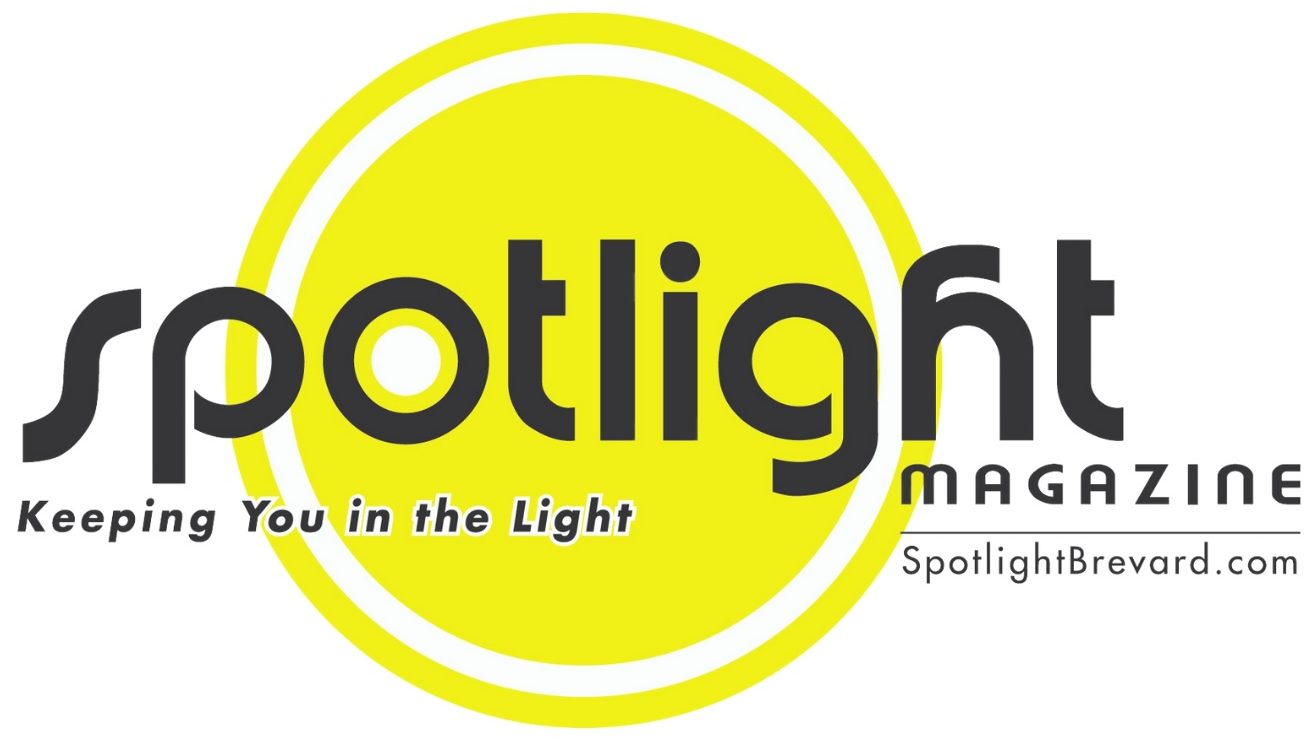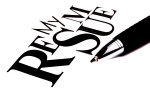Mammograms are used to screen for breast cancer and overall breast health. In a relatively recent departure from conventional wisdom that once advised women to get annual mammograms beginning at age 40, new recommendations say mammograms are not necessary before age 50, and that earlier screening benefits are limited and may even do more harm than good.
The new guidelines come courtesy of the United States Preventive Services Task Force, which is a group of independent health experts convened by the Department of Health and Human Services. The USPSTF reviewed and commissioned research to develop computer-simulated models comparing the expected outcomes under different screening scenarios. The USPSTF is the most influential group to provide preventive care guidelines for doctors, and this is the first time the group has spoken up about breast cancer screening since 2002. The reasons for the change were based on the strong emotional stress breast cancer screenings can create and the rates of false positives that may require follow-up testing.
Younger women’s breasts are naturally more dense, and dense tissue can make it more difficult to read mammograms and identify problems. For this reason, perceived abnormalities on the mammogram may require follow-up mammograms or biopsies to rule out cancer. According to Harvard Medical School, almost half of women under age 50 who have mammograms are called back for repeat films or biopsies because their test results look suspicious. This can subject women to undue stress, further exposure to radiation and more invasive biopsies, not to mention the added expenses of further testing.
The USPSTF revised recommendations state that:
* Routine screening of average-risk women should begin at age 50, instead of age 40.
* Routine screening should end at age 74.
* Women should get screening mammograms every two years instead of every year.
* Breast self-exams have little value, based on findings from several large studies.
But some health organizations disagree with the task force’s revised guidelines. For example, the Mayo Clinic supports screenings beginning at age 40 because doctors there believe mammograms can detect breast abnormalities early in women in their 40s. Others scoff at the notion that breast self-exams have little value, as many times it is a woman who first alerts her doctor to a lump or problem.
Doctors are unable to distinguish dangerous breast cancers from those that are not life threatening, which is why many still recommend annual mammograms, despite the fact that mammogram screening has not decreased the number of deaths associated with advanced breast cancers.
Ultimately, it is up to a woman and her doctor to chart the best course of preventative breast cancer treatment. Despite the recommendations from the task force, many insurance companies still cover annual mammograms beginning at age 40. Women who are at high risk for breast cancer are special cases, and such women should discuss earlier screening schedules with their doctors.





